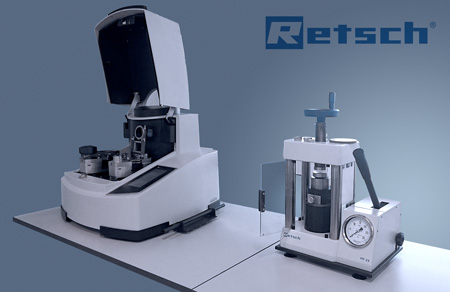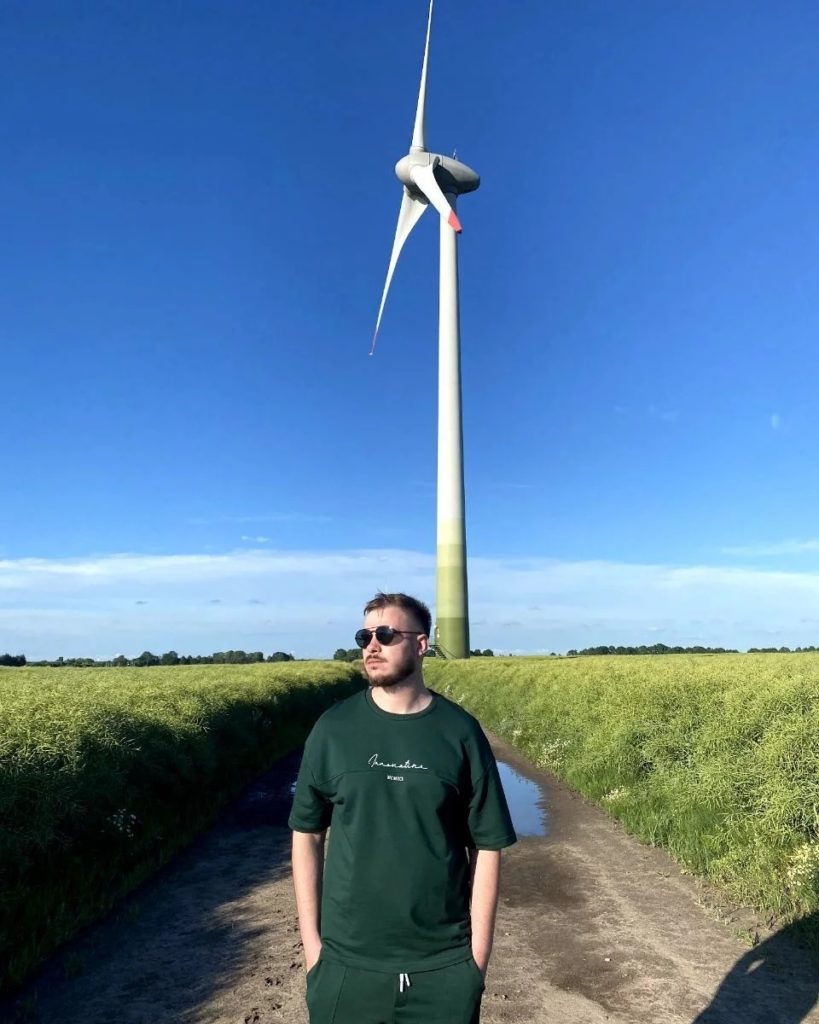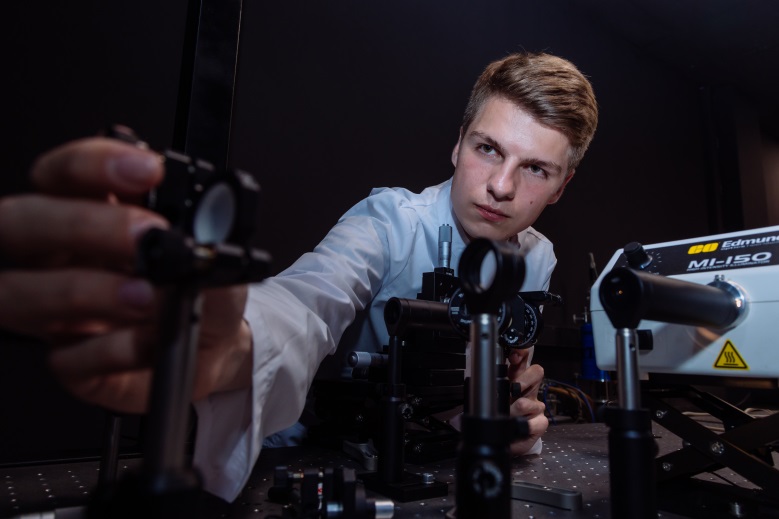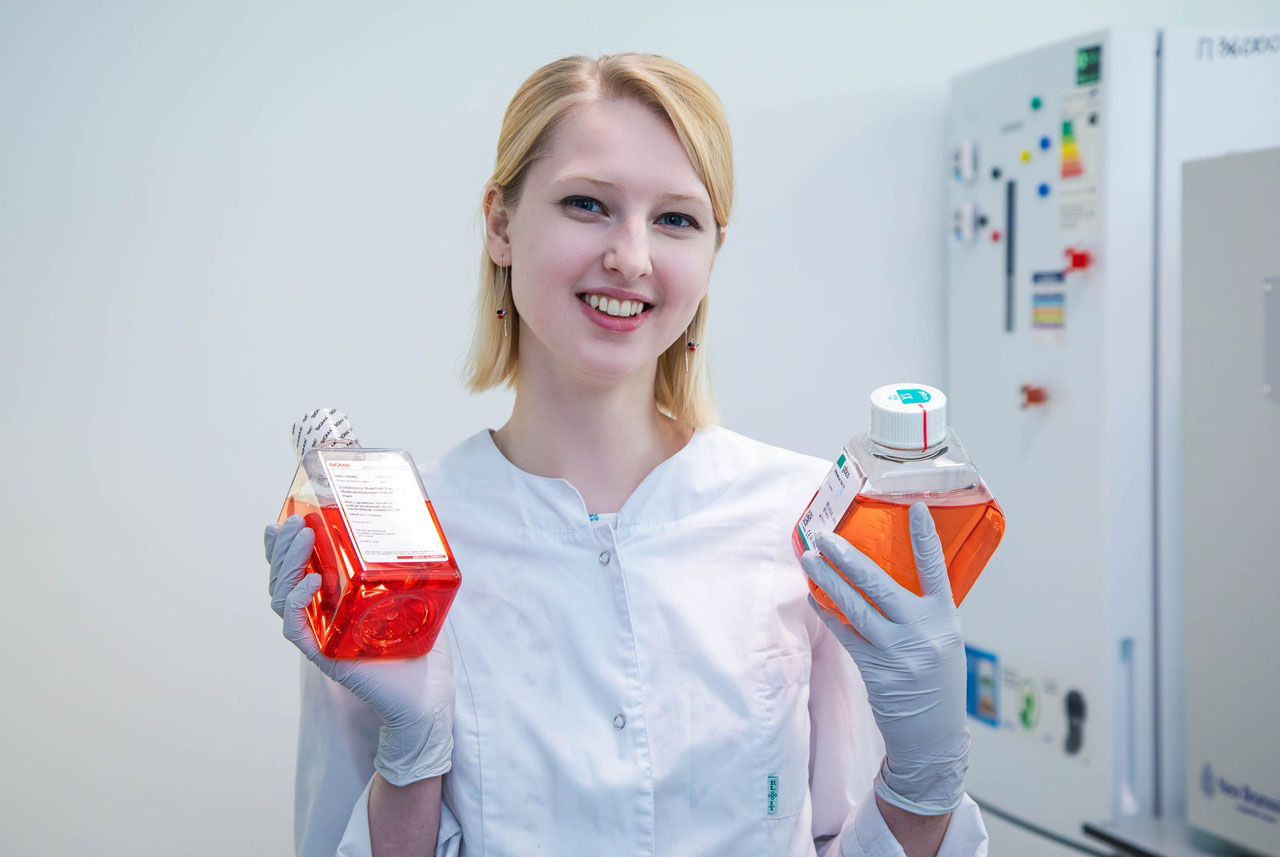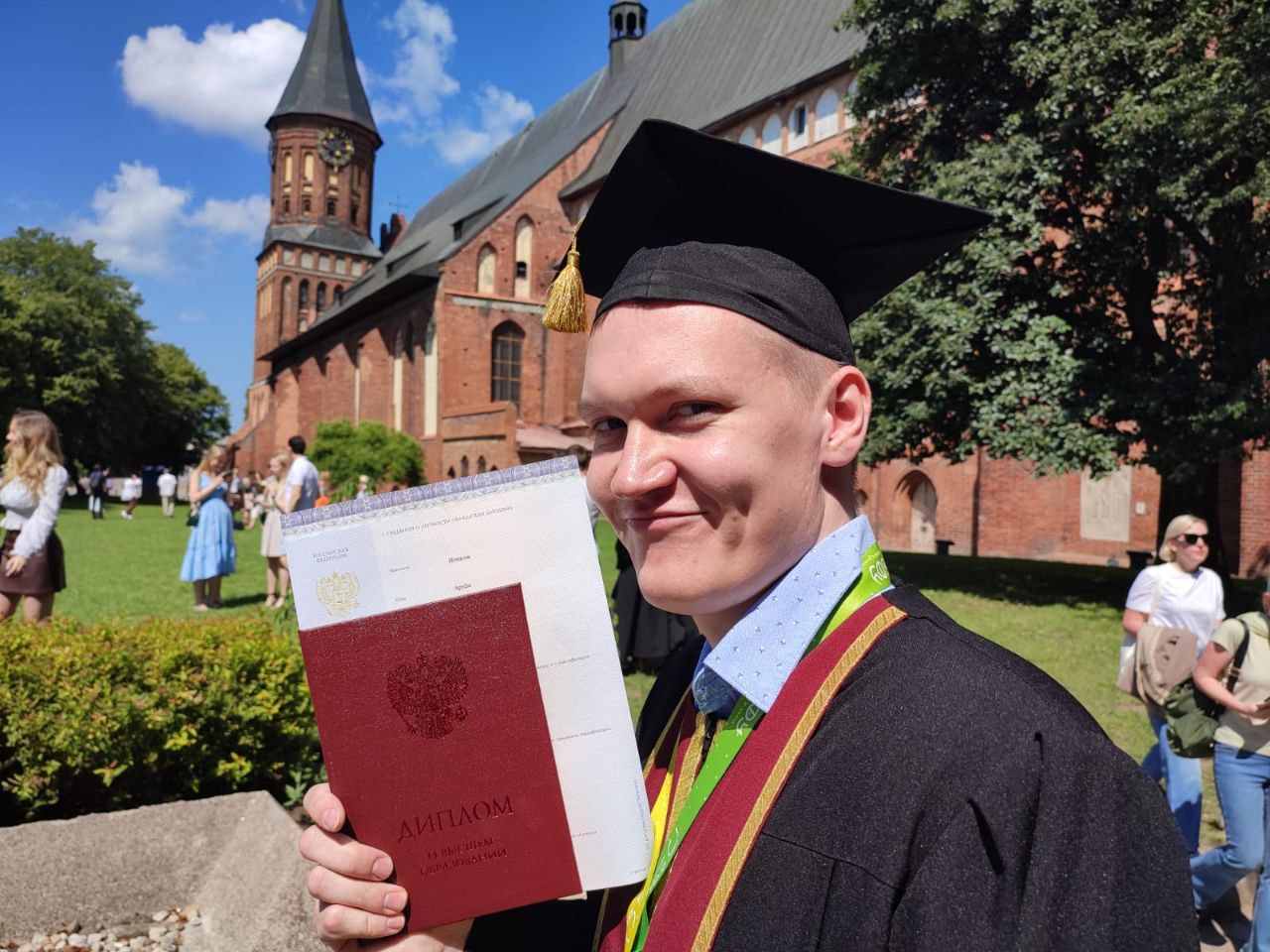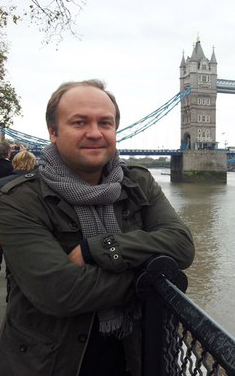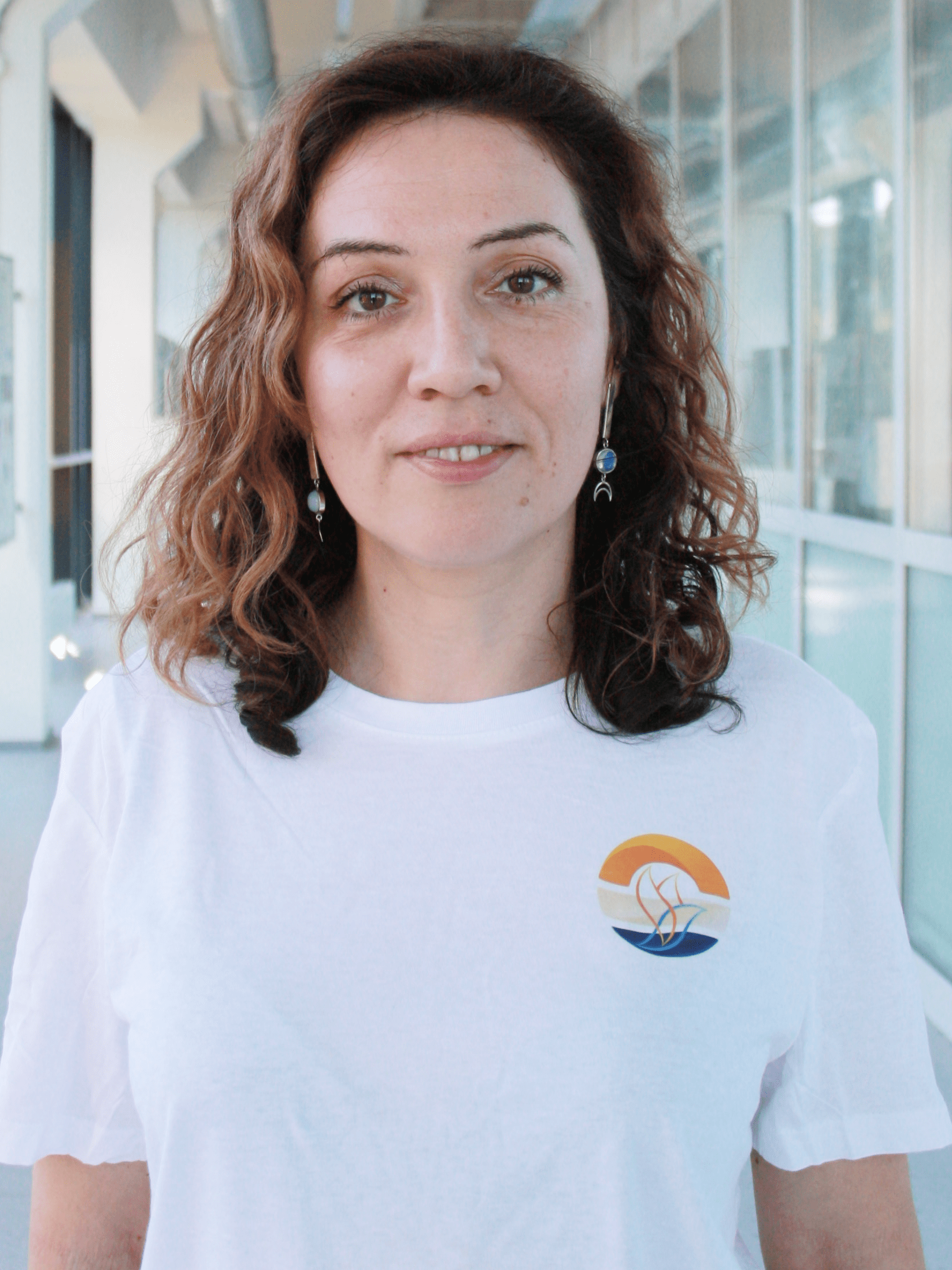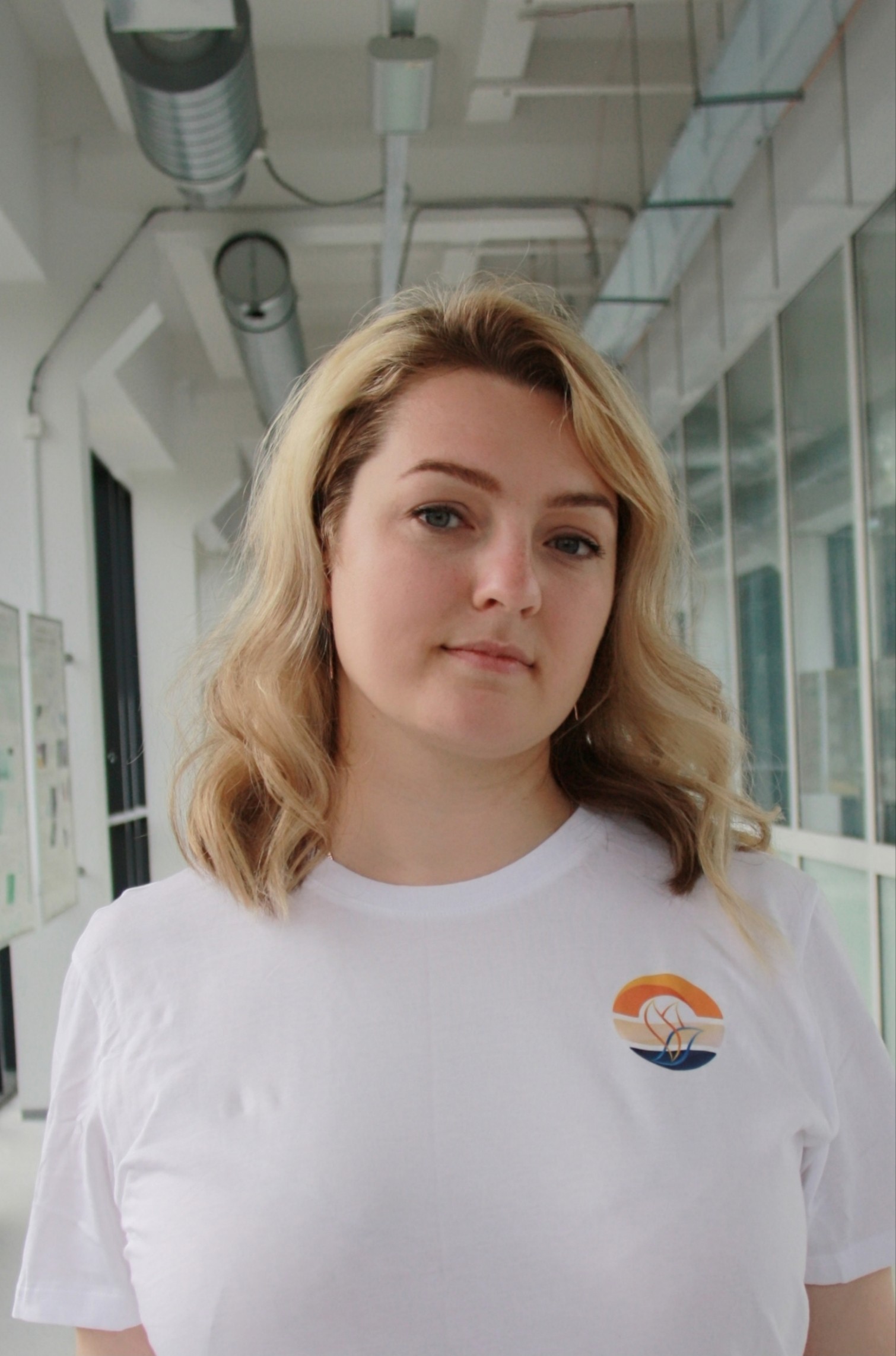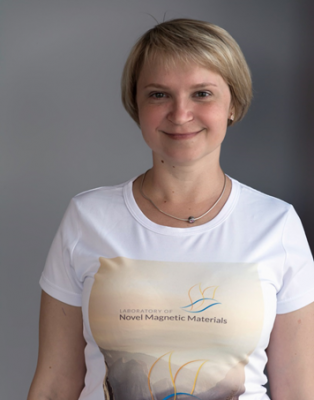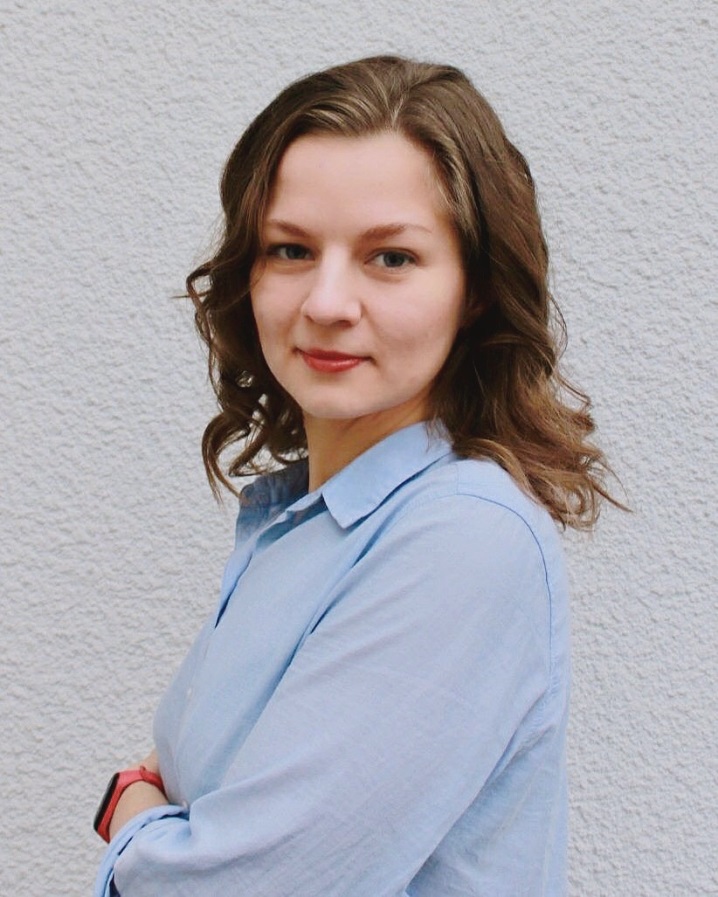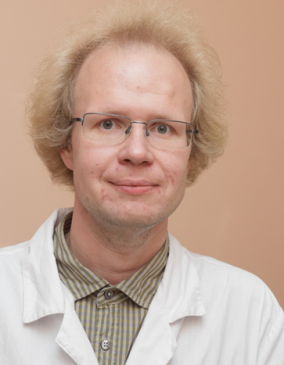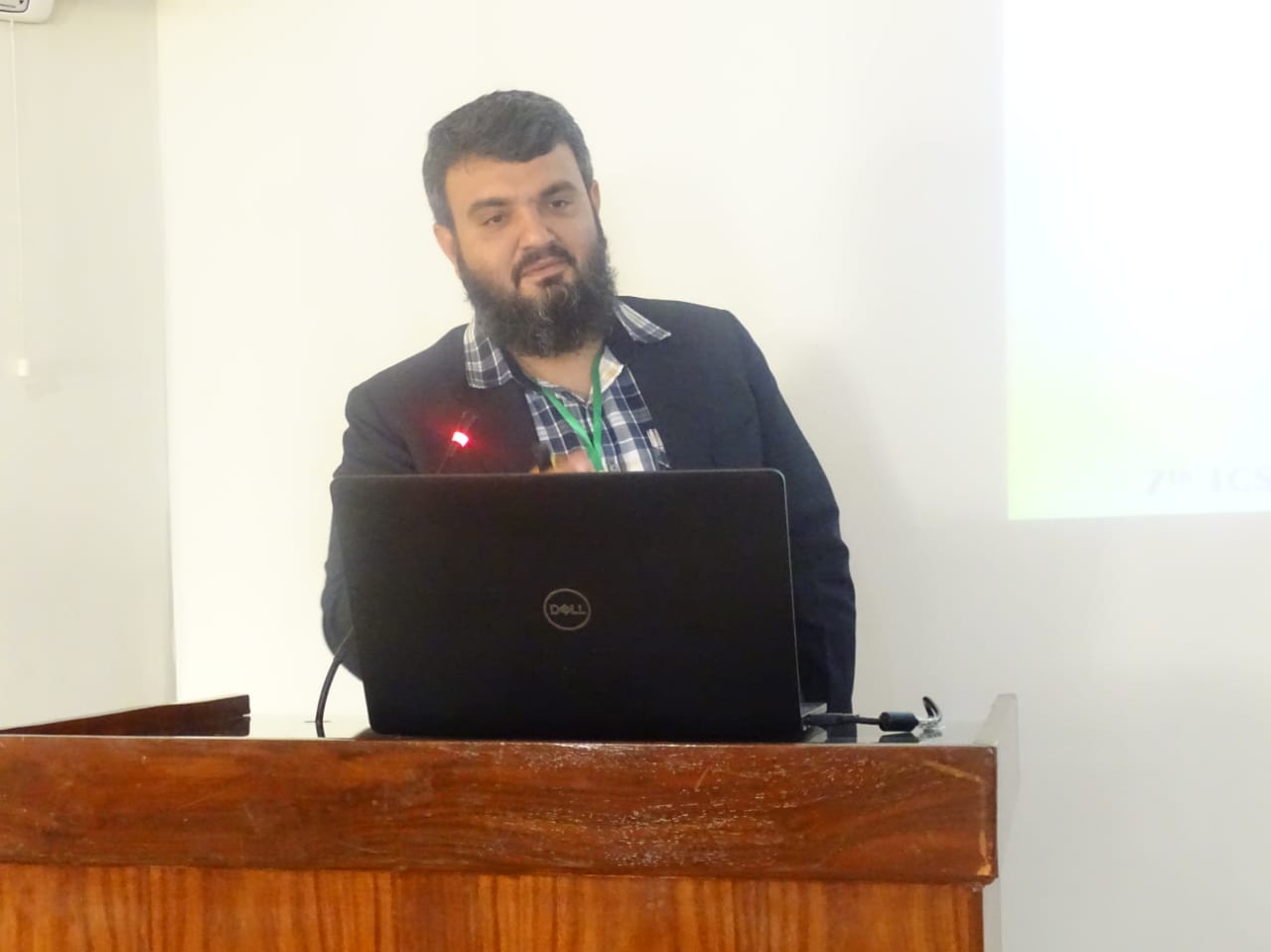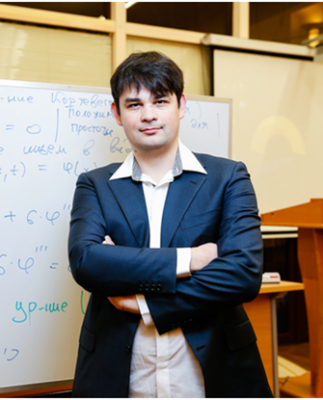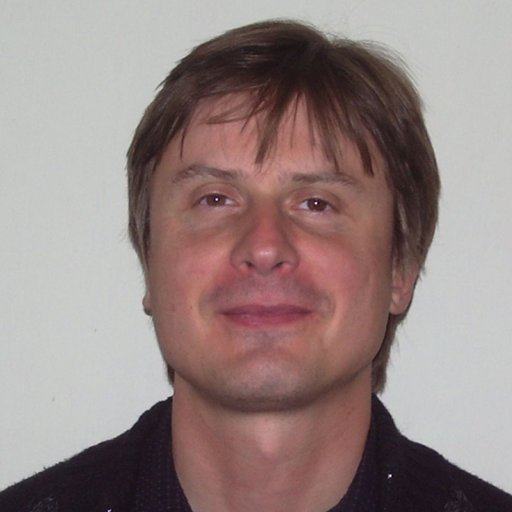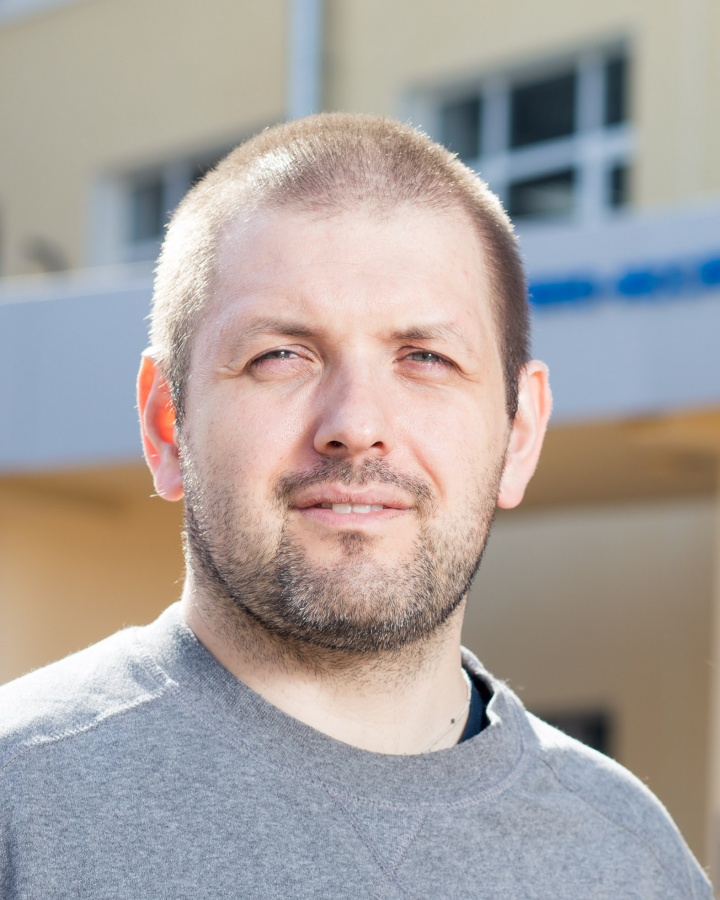Equipment
Equipment
- FABRICATION OF MATERIALS
-
EQUIPMENT FOR CHARACTERIZATION OF MATERIALS
- Lakeshore 7400 System Vibrating Sample Magnetometer
- Differential Scanning Calorimeter NETZSCH 204 F1 Phoenix
- Thermogravimetric Analyzer NETZSCH TG 209 F3 Tarsus
- Setup for measurements of magneto-electric effect
- Setup for measuring of the magnetostriction properties
- Setup for measurements of magnetostriction coefficient using Small Angle Rotation Magnetization method
- Magneto-optical spectroscopy setup
- Setup for direct magnetocaloric effect measurement MagEq MMS 902
- Setup for measurements of local nucleation field distribution along the bistable microwires
- Scanning probe microscope NTEGRA
- BIO-CHEMESTRY LABORATORY
- ADDITIONAL EQUIPMENT
1. FABRICATION OF MATERIALS
ARCAST Arc and induction melting furnace
- Vacuum range: 10-4 – 10-5 Pa
- Mass mass of the alloy: up to 50 g
- Temperature in the crucible: not less than 2000° C
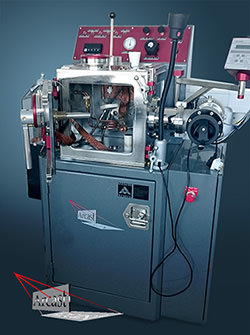
Magnetron sputtering setup ORION-8-UHV (AJA International)
- Possibility of deposition of materials with using from 1 up to 5 sources simultaneously
- Deposition of oxides or nitrides with a reactive gas supply to the substrate
- Substrate heating up to 100-850 C, before and during deposition
- Limit base pressure in the vacuum chamber is not worse than 10-8 Torr
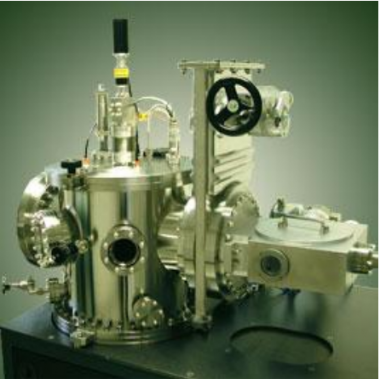
2. EQUIPMENT FOR CHARACTERIZATION OF MATERIALS
Lakeshore 7400 System Vibrating Sample Magnetometer
A vibrating sample magnetometer or VSM is a scientific tool that measures magnetic properties. It is possible to investigate the dependence of magnetic moment or resistance versus magnitude of magnetic field in a wide temperature range for different types of materials (soft and hard magnetic materials, different alloys) and shapes of the samples (bulk materials, thin films, ribbons, microwires e.t.c.).
- 1 × 10-7 emu noise floor at 10 s/pt
- 5 × 10-7 emu noise floor at 0.1 s/pt
- High stability ±0.05% per day
- Excellent reproducibility
- Fields up to 1.5 T
- Widest available temperature range – 77 K to 1,273 K
- Autorotation option
- Temperature range 20 – 673 K
- 6 current ranges; 1 μA to 100 mA
-
9 ranges: 0.2, 2, 20, 200 Ohm; 2, 20, 200 kOhm; 2, up to 10 MOhm
- Probe tip compliance voltage: 0 V to 5 V – measurement, 0 V to 100V – contact formation
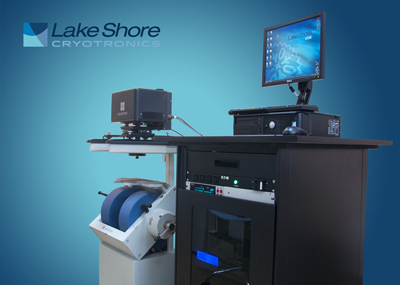
Differential Scanning Calorimeter NETZSCH 204 F1 Phoenix
- Temperature range: 93-973 K
- τ-sensor sensitivity: 3.2 μV/mW
- Cooling/Heating rate: 0.001 to 200 K/min
- Specific heat measurement range: 200-2000 J/kg*K
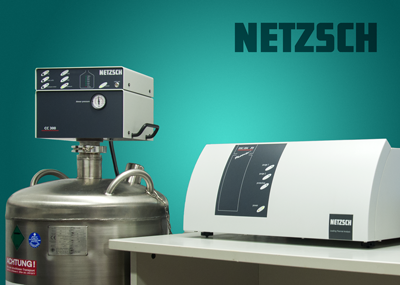
Thermogravimetric Analyzer NETZSCH TG 209 F3 Tarsus
- Temperature range: 248-1273 K
- Mass of the sample up to 2000 mg
- Resolution: 0.1 µg
- Heating and Cooling rates: 0.001 K/min to 100 K/min
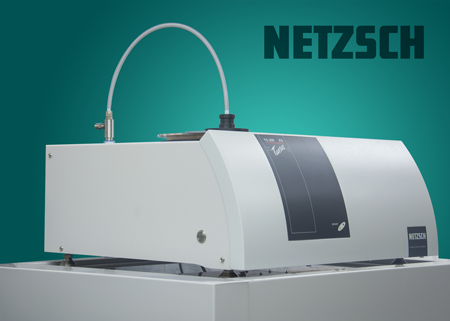
Setup for measurements of magneto-electric effect
- Temperature range: 170-400 K
- DC magnetic field up to 500 Oe
- AC magnetic field up to 10 Oe
- Frequency range: 0 – 200 kHz
- Sensitivity: – 1 mV
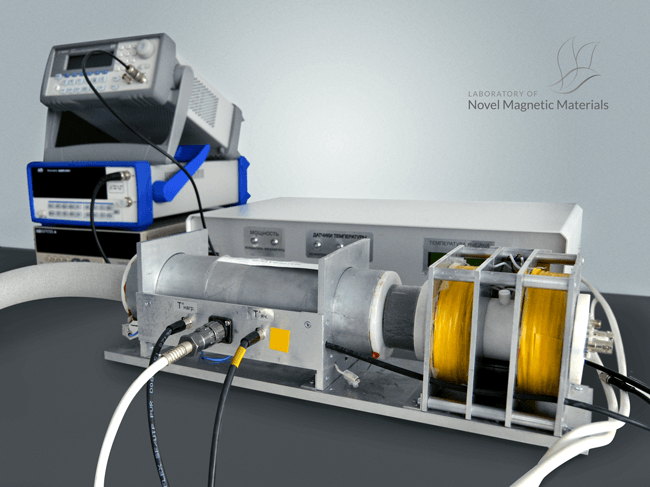
Setup for measuring of the magnetostriction properties
- Magnetic field range with core: 0 – ±1,7 kOe / without core: 0 – ±280 Oe
- Magnetic field change rate: from 0,25 Oe
- Voltage range: 0 – 2 kV
- Range for piezoelectric and piezomagnetic module: from 1 • 10-6 to 2000 • 10-6 С/N;
- Sensitivity: 0,5 – 1 ppm
- Maximum value: 1000 ppm
- The minimum sample size – 3×5 mm
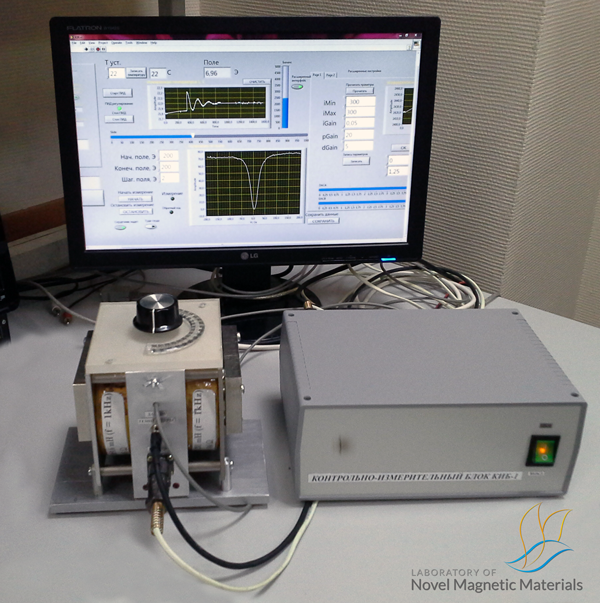
Setup for measurements of magnetostriction coefficient using Small Angle Rotation Magnetization method
- Max applied field: 50 Oe
- Length of sample: 70-80 mm
- Max resistance of sample: 1 kOhm
- Sensitivity: 10-8
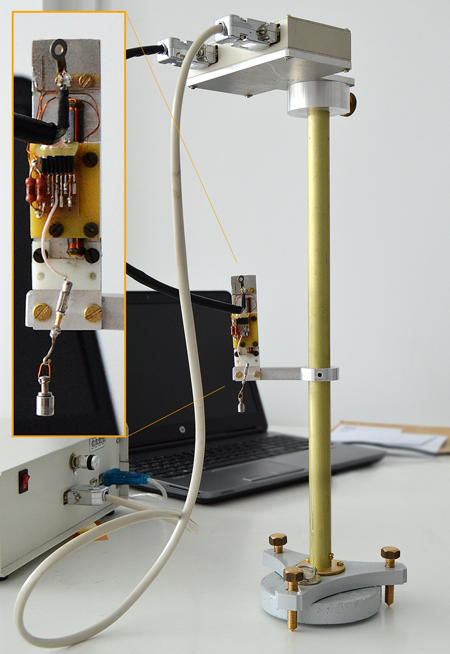
Magneto-optical spectroscopy setup
Magneto-optical spectroscopy is a universal method of diagnostics of nanostructured systems. This method provides unique information about magnetic and electronic structure, mechanisms of scattering of charge carriers and the nature of the interband transitions.
- Wavelength range from 0,23 um to 12 um provided by different light sources: halogen lamp or globar IR source with a monochromator; He-Ne and diode lasers
- Different types of modulation of light beam: optomechanical, photoelastic, magnetic field
- The setup supports providing experiments in different geometries: transmission (Faraday and Focht) and reflection (PKE, MKE, TKE)
- Possibility of creating AC and DC magnetic fields with magnitude up to 300 Oe
- Wide temperature range from 77K to 500K provided by special options
- High flexibility provided by easy replacement of all modules of the setup. The setup can be modified for different tasks
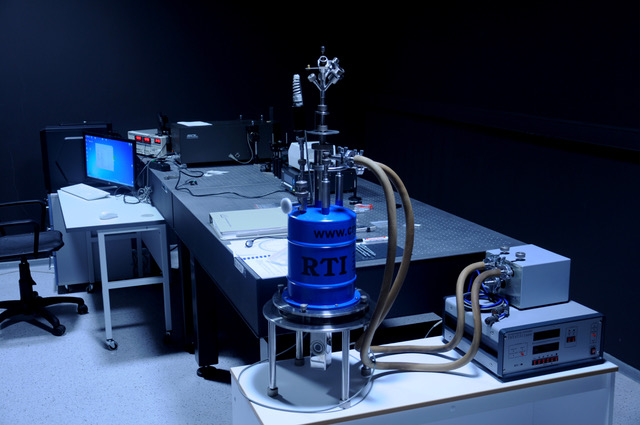
Setup for direct magnetocaloric effect measurement MagEq MMS 902
- Magnetic field change rate: from 0,25 to 6 T/s
- Temperature range: from 150 to 370 K
- Magnetic field range: -1,802 – +1,802 T
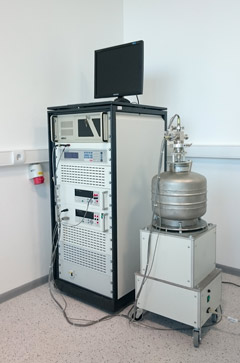
Setup for measurements of local nucleation field distribution along the bistable microwires
- Maximal detectable nucleation field 50 Oe
- Velocity of measurements: 5-50 cm/min
- Spatial Resolution: 0.5-5 mm

Scanning probe microscope NTEGRA
- Sample size and weight: maximum 100x100x15 mm; maximum 300 g
- Scanning area: maximum 100x100x10 μm
- XY noise level: 0.01-0.3 nm
- Z noise level: 0.03-0.07 nm
- Active vibration isolation: 0.7-1000 Hz
- Available temperature range: room-170°C
- Available magnetic field range: up to 0.2 T (in-plane of the scanning)
- Available electric voltage range: ± 150 V
- Possibility to operate in the liquid media
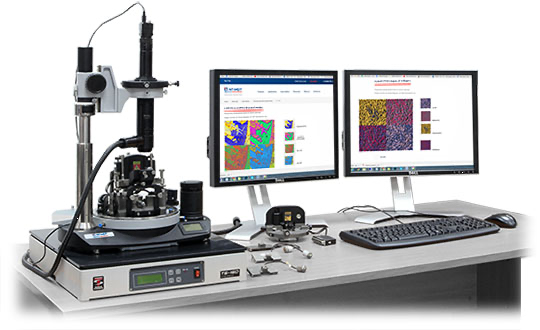
3. BIO-CHEMESTRY LABORATORY
Bio-chemical facility is equiped with:
– The biosafety cabinet
– CO2 incubator
– Cell counter
– Centrifuge
– Installation for Western Blot analysis
Chemical synthesis and surface modification methods:
– Co-precepitation in alkaline condition or high-boiling organic solvents
– Sol-gel autocombustion synthesis
– Ligands exchange on NP’s surfaces
– Reverse micelles synthesis under inert atmosphere/low pressure
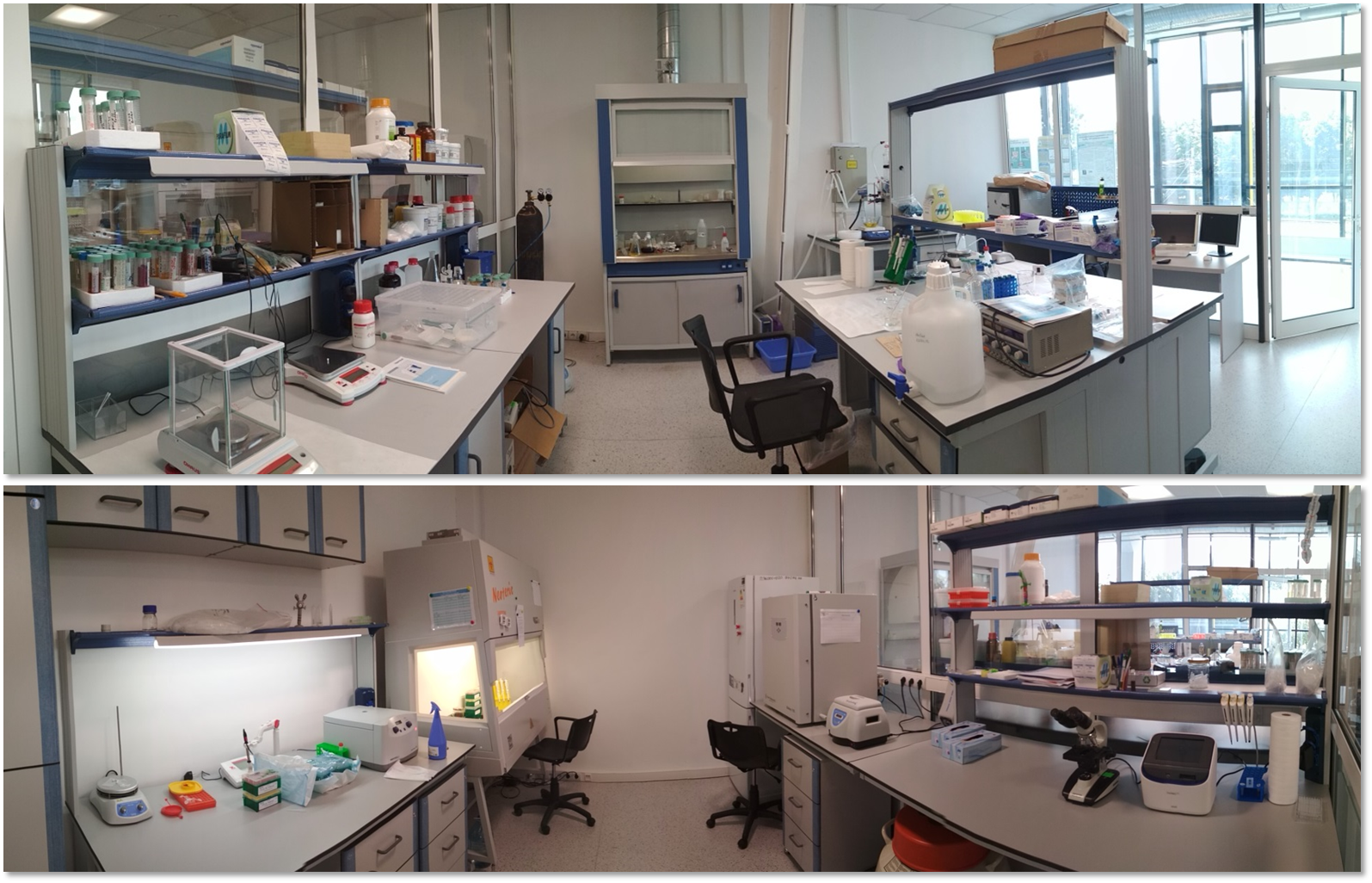
4. ADDITIONAL EQUIPMENT
Cryomech LNP40 Nitrogen generator
- Performance: 40 litres per day
- Liquid N2 purity: 99%
- Capacity: 160 litres
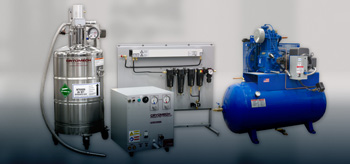
Ball milling (Retsch E-Max) and Pellet press (Retsch PP25)
- Continuous grinding operation without interruptions for cooling down
- Producing fine particles within shortest amount of time
- Grinding down to the nanometer range
- Pressure force: 25 t
